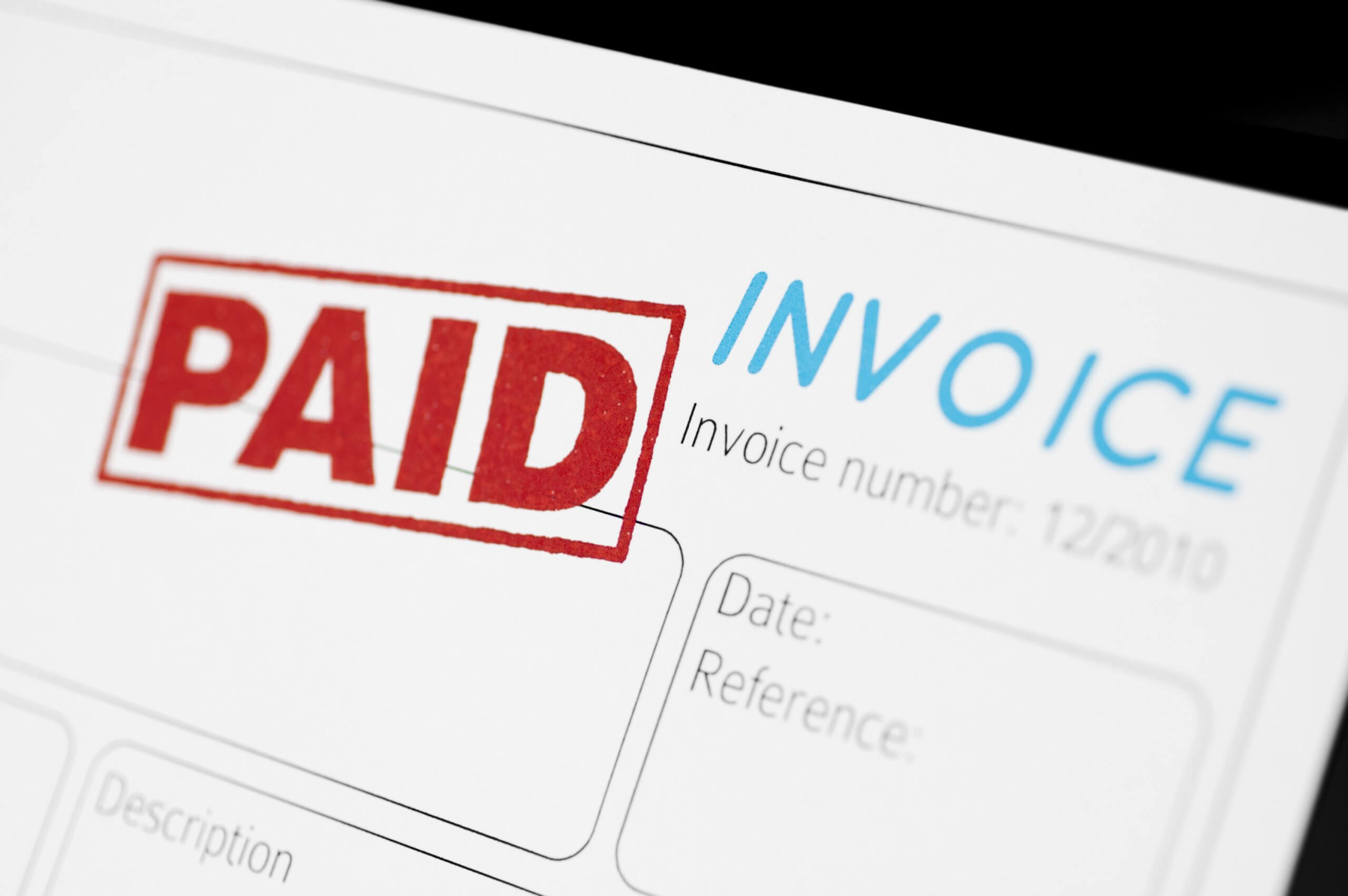By: Jennifer Brazer
Jennifer is the author of From Cubicle to Cloud and Founder/CEO of Complete Controller, a pioneering financial services firm that helps entrepreneurs break free of traditional constraints and scale their businesses to new heights.
Fact Checked By: Brittany McMillen
Calculate Your Business Credit Score With Our Handy Tool
A Business Credit Score Calculator instantly estimates your company’s creditworthiness by analyzing payment history, credit utilization, business age, and public records against bureau-standard algorithms. This free tool eliminates guesswork by providing a numerical score (typically 1-100) that mirrors outputs from Dun & Bradstreet, Experian, and Equifax, enabling you to understand your financial standing without purchasing formal reports. The calculator accepts real-time inputs about your business’s financial behaviors and generates an actionable score within seconds, helping you make informed decisions about financing, vendor negotiations, and strategic growth opportunities.
In my 20 years leading Complete Controller, I’ve watched thousands of businesses struggle with opaque credit metrics that strangle their growth potential. The shocking reality is that 45% of small business owners don’t even know they have a separate business credit score—a blind spot that costs them millions in missed opportunities and higher interest rates. Our calculator transforms this complexity into clarity, providing immediate insights that once required expensive bureau subscriptions or financial consultants. After implementing similar tools for over 200 clients, I’ve seen firsthand how understanding your score can unlock loan approvals 40% faster and reduce interest rates by 2-5%, which is why we built this resource to democratize financial intelligence for every entrepreneur.

What is a business credit score calculator, and how does it help you?
- A Business Credit Score Calculator estimates your creditworthiness by processing key financial metrics through industry-standard algorithms, providing instant numerical scores
- It analyzes payment history, credit utilization, business age, recent inquiries, and public records to generate scores matching bureau methodologies
- The tool enables scenario testing—adjust variables like payment timing or credit usage to see potential score impacts before making decisions
- Regular use tracks progress between formal credit checks, helping identify trends and catch potential issues early
- Free access eliminates the $50-200 cost of formal reports while providing actionable intelligence for strategic planning
Understanding Business Credit Scores: The Foundation
Your business credit score serves as a financial fingerprint that lenders, suppliers, and partners use to assess risk and trustworthiness. Unlike personal credit scores that range from 300-850, business scores typically span 1-100 (though some bureaus use different scales), with higher numbers indicating lower risk. These scores are publicly accessible—meaning anyone can pull your business credit without permission—making proactive management critical for protecting your company’s reputation and opportunities.
The three major commercial credit bureaus each use proprietary scoring models. Dun & Bradstreet’s PAYDEX score weighs payment timeliness most heavily, awarding 100 points for consistently early payments. Experian’s Intelliscore Plus incorporates legal filings, industry risk factors, and credit utilization patterns. Equifax employs multiple scores including their Business Failure Score, which predicts bankruptcy likelihood over 12 months. Despite these variations, all bureaus prioritize similar core factors: payment history (50-75% weight), credit utilization (15-20%), business longevity (10-15%), and public records.
How vureaus calculate your score
Payment history dominates calculations across all bureaus, with even single late payments potentially dropping scores by 10-20 points. Credit utilization—the percentage of available credit you’re using—should stay below 30% to signal financial stability. Business age matters because newer companies lack sufficient data for accurate risk assessment, though strategic vendor relationships can accelerate credibility building. Public records like tax liens or judgments can devastate scores, sometimes causing 50+ point drops that take years to recover from.
Leveraging Our Business Credit Score Calculator
Our calculator synthesizes complex bureau methodologies into an intuitive interface requiring just eight key inputs: business age, payment history percentage, number of trade accounts, credit utilization ratio, recent credit inquiries, collections or liens, industry type, and annual revenue range. The algorithm applies dynamic weighting based on these factors, generating an estimated score that aligns with major bureau outputs while highlighting specific areas for improvement.
For example, inputting data for a 3-year-old retail business with 85% on-time payments, four trade accounts, and 40% credit utilization yields a score of 72—indicating moderate risk with clear improvement opportunities. The calculator then shows how reducing utilization to 25% could boost the score to 78, or how achieving 95% on-time payments might push it above 80. This real-time feedback transforms abstract credit concepts into concrete action plans.
Case study: Score simulation in action
Consider GCT Company, which used simulation tools to improve from “high-risk” to “loan-ready” status in just four months. By modeling different scenarios, they identified that adding two net-30 vendor accounts and reducing credit utilization from 65% to 28% would maximize score improvement. The simulation showed potential gains of 18 points, motivating focused action. After implementing these changes, their actual score increased by 21 points, securing an SBA loan at 6.5% instead of the 12% rate initially quoted.

Critical Factors That Make or Break Your Score
Payment history remains the single most influential factor, with bureaus tracking not just whether you pay, but how quickly. Paying 15 days early versus on-time can mean a 10-point score difference with some bureaus. Late payments create cascading damage—30 days late might cost 15 points, while 90 days late could trigger “severe delinquency” flags lasting seven years.
Credit utilization requires strategic management beyond the standard 30% threshold. Different industries face varying risk assessments; retail businesses maintaining 40% utilization might score lower than manufacturers at the same level due to sector volatility. The calculator accounts for these nuances, providing industry-adjusted recommendations.
The hidden impact of credit inquiries
Multiple credit applications within short timeframes signal desperation to lenders. Four loan applications in six months could cumulatively reduce your score by 20-30 points, even if you’re approved for none. However, rate shopping for similar credit types within 14-45 days typically counts as a single inquiry, protecting businesses comparing options. Our calculator models these scenarios, helping you time applications strategically.
Why Business Credit Monitoring Transforms Outcomes
According to the 2024 Rippling research, businesses with scores above 80 secure loans 40% faster and pay 2-5% less interest than those below 50. Beyond financing, strong scores unlock preferential vendor terms—suppliers often extend net-60 payment schedules to high-scoring businesses while requiring cash-on-delivery from risky ones. Insurance premiums also correlate with credit scores, with high-scoring businesses saving 10-15% on general liability coverage.
Regular monitoring catches errors affecting 30% of business credit reports. Common mistakes include merged files with similar business names, incorrectly reported late payments, and phantom liens from resolved disputes. Each error potentially costs 10-30 points, making quarterly reviews essential for maintaining accurate scores.
Strategic monitoring schedule
Check scores before any major financial decision—loan applications, lease negotiations, or partnership discussions. Implement quarterly reviews to identify trends and address issues before they compound. After significant events like paying off major debts or resolving collections, immediate checks confirm positive impacts. Our calculator facilitates this frequency without the cumulative costs of formal reports.
Building Stronger Scores: Your Strategic Action Plan
Start by establishing payment automation to guarantee on-time or early payments across all accounts. Even small utility bills reported to bureaus can boost or damage scores. Next, cultivate relationships with vendors offering trade credit—companies like Uline, Grainger, and Quill report payment history to bureaus, providing score-building opportunities. Target 3-5 active trade accounts for optimal impact.
Manage credit utilization through strategic timing. Pay down balances before statement closing dates to show lower utilization, even if you pay in full monthly. Consider requesting credit line increases on existing accounts—doubling your limit while maintaining spending instantly halves utilization ratios.
Advanced score optimization tactics
- Open business credit accounts separately from personal guarantees when possible, building true business credit history
- Dispute errors immediately through bureau portals, providing documentation to support corrections
- Time major purchases after credit checks to avoid utilization spikes during evaluation periods
- Establish vendor diversity across industries to demonstrate broad creditworthiness
- Maintain consistent business information (name, address, EIN) across all credit applications to prevent file fragmentation
Final Thoughts
I’ve guided thousands of entrepreneurs through credit transformation, and the pattern is crystal clear: businesses that actively manage their credit scores access opportunities invisible to passive competitors. Our Business Credit Score Calculator puts institutional-grade intelligence in your hands, transforming confusion into confidence. Use it monthly to track progress, test strategies, and build the financial foundation your business deserves. Ready to unlock your company’s full potential? Visit Complete Controller for personalized strategies from our expert team and discover how professional financial management accelerates growth beyond what spreadsheets alone can achieve.

Frequently Asked Questions About Business Credit Score Calculator
Can I get my business credit score for free?
Yes, limited free options exist including D&B’s CreditSignal alerts and basic Experian reports, though comprehensive reports cost $50-200. Our calculator provides unlimited free estimates based on your inputs, offering valuable insights between formal checks.
How often should I check my business credit score?
Check quarterly for trend monitoring, before any financing applications, and after major financial events like loan payoffs. Regular monitoring catches errors early and confirms improvement strategies are working effectively.
What’s considered a “good” business credit score?
Scores above 80 (D&B PAYDEX), 75 (Experian Intelliscore), or 700 (FICO SBSS) qualify as strong, typically unlocking preferential rates and terms. Scores below 50 signal high risk, limiting financing options significantly.
Do sole proprietors need business credit scores?
Absolutely—establishing business credit separates personal and commercial finances, protecting personal assets while expanding financing options. Start by obtaining an EIN and opening business-specific accounts to build independent credit history.
How quickly can I improve my business credit score?
With consistent execution—paying early, adding trade references, reducing utilization—noticeable improvements typically appear within 3-6 months. Major changes like resolving collections can boost scores 20+ points once updated in bureau systems.
Sources
- Capital on Tap. “Complete Guide to Business Credit Scores.” Capital on Tap, 8 Dec. 2023, www.capitalontap.com/us/guides/posts/guide-to-business-credit-scores
- Credit Karma. “Consumer Credit Scores Stable In Q1 2010.” Intuit Credit Karma, 8 Apr. 2010, www.creditkarma.com/about/releases/consumer-credit-scores-stable-in-q1-2010
- Dun & Bradstreet. “Understanding Your PAYDEX Score.” D&B Knowledge Center, 2025, www.dnb.com/knowledge-center/paydex-score.html
- Equifax. “Business Credit Risk Score.” Equifax Commercial Solutions, 2023, www.equifax.com/business/solutions/business-credit-risk-score
- Experian. “Business Score Planner.” Experian Business, Oct. 2017, www.experian.com/blogs/small-business-matters/2017/10/19/business-credit-score-planner-helps-you-build-strong-credit
- Experian. “Intelliscore Plus V3.” Experian Business, 2024, www.experian.com/small-business/business-credit-scores
- Florida Realtors. “Best Ways to Check a Business Credit Score.” Florida Realtors News, 16 Apr. 2025, www.floridarealtors.org/news-media/news-articles/2025/04/best-ways-check-business-credit-score
- Harper, Jennifer. “Credit-Building Strategies for SMEs.” Complete Controller Blog, 2025, www.completecontroller.com/blog/credit-building-strategies
- Newity. “Case Study: Securing an SBA 7(a) Loan After Initial Ineligibility.” Newity Market, 5 June 2024, newitymarket.com/business-insights/business-loans/case-study-securing-an-sba-7a-loan-after-initial-ineligibility
- Rippling. “2024 Business Credit Score Impact Report.” Rippling Research, 2024, www.rippling.com/research/business-credit-score-impact-2024
- Rok.biz. “Small Business Loan Rates: What’s the Average in Your Industry?” Rok.biz, 3 Oct. 2024, www.rok.biz/blog/small-business-loan-rates-whats-the-average-in-your-industry
- U.S. Chamber of Commerce. “Small Business Credit Score Guide.” CO—, 2025, www.uschamber.com/co/small-business-credit-guide
 About Complete Controller® – America’s Bookkeeping Experts
About Complete Controller® – America’s Bookkeeping Experts Complete Controller is the Nation’s Leader in virtual bookkeeping, providing service to businesses and households alike. Utilizing Complete Controller’s technology, clients gain access to a cloud platform where their QuickBooks™️ file, critical financial documents, and back-office tools are hosted in an efficient SSO environment. Complete Controller’s team of certified US-based accounting professionals provide bookkeeping, record storage, performance reporting, and controller services including training, cash-flow management, budgeting and forecasting, process and controls advisement, and bill-pay. With flat-rate service plans, Complete Controller is the most cost-effective expert accounting solution for business, family-office, trusts, and households of any size or complexity.

 Offer in Compromise!
Offer in Compromise! Installment Agreement
Installment Agreement Conclusion
Conclusion About Complete Controller® – America’s Bookkeeping Experts Complete Controller is the Nation’s Leader in virtual bookkeeping, providing service to businesses and households alike. Utilizing Complete Controller’s technology, clients gain access to a cloud platform where their QuickBooks™️ file, critical financial documents, and back-office tools are hosted in an efficient SSO environment. Complete Controller’s team of certified US-based accounting professionals provide bookkeeping, record storage, performance reporting, and controller services including training, cash-flow management, budgeting and forecasting, process and controls advisement, and bill-pay. With flat-rate service plans, Complete Controller is the most cost-effective expert accounting solution for business, family-office, trusts, and households of any size or complexity.
About Complete Controller® – America’s Bookkeeping Experts Complete Controller is the Nation’s Leader in virtual bookkeeping, providing service to businesses and households alike. Utilizing Complete Controller’s technology, clients gain access to a cloud platform where their QuickBooks™️ file, critical financial documents, and back-office tools are hosted in an efficient SSO environment. Complete Controller’s team of certified US-based accounting professionals provide bookkeeping, record storage, performance reporting, and controller services including training, cash-flow management, budgeting and forecasting, process and controls advisement, and bill-pay. With flat-rate service plans, Complete Controller is the most cost-effective expert accounting solution for business, family-office, trusts, and households of any size or complexity.













